In iOS, there is a very easy and powerful facility to animate the addition and removal of UITableView rows, here's a clip from a youtube video showing the default animation. Note how the surrounding rows collapse onto the deleted row. This animation helps users keep track of what changed in a list and where in the list they were looking at when the data changed.
Since I've been developing on Android I've found no equivalent facility to animate individual rows in a TableView. Calling notifyDataSetChanged() on my Adapter causes the ListView to immediately update its content with new information. I'd like to show a simple animation of a new row pushing in or sliding out when the data changes, but I can't find any documented way to do this. It looks like LayoutAnimationController might hold a key to getting this to work, but when I set a LayoutAnimationController on my ListView (similar to ApiDemo's LayoutAnimation2) and remove elements from my adapter after the list has displayed, the elements disappear immediately instead of getting animated out.
I've also tried things like the following to animate an individual item when it is removed:
@Override
protected void onListItemClick(ListView l, View v, final int position, long id) {
Animation animation = new ScaleAnimation(1, 1, 1, 0);
animation.setDuration(100);
getListView().getChildAt(position).startAnimation(animation);
l.postDelayed(new Runnable() {
public void run() {
mStringList.remove(position);
mAdapter.notifyDataSetChanged();
}
}, 100);
}
However, the rows surrounding the animated row don't move position until they jump to their new positions when notifyDataSetChanged() is called. It appears ListView doesn't update its layout once its elements have been placed.
While writing my own implementation/fork of ListView has crossed my mind, this seems like something that shouldn't be so difficult.
Thanks!
